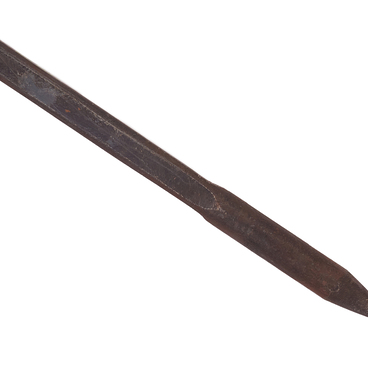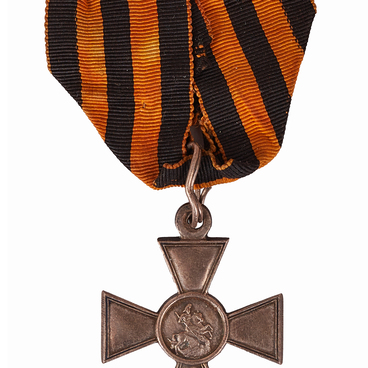The Interallied Victory Medal for awarding all military and auxiliary personnel who took part in the military operations was established at the suggestion of Marshal Ferdinand Foch, Commander-in-Chief of the Allied forces of the Entente, made during the Paris Peace Conference in March 1919.
According to Foch’s idea, the medal was to be 36 millimeters in diameter and made of bronze, with the image of the winged goddess of Victory on the obverse and the inscription “The Great War For Civilization” on the reverse. The pathos and the role of Nike in this context are obvious: the image of the ancient Greek deity of victory personified the unity of the Entente nations. Moreover, the image of the goddess on the medals was associated with the theme of protecting human civilization itself. A rectangular ribbon was to be worn with the award. It was composed of two interconnected rainbows with the red stripe in the middle.
In accordance with the above-mentioned recommendations, official state medals of similar design and with the same ribbons were issued by 14 winning states: Belgium, Brazil, Great Britain, Greece, Italy, Cuba, Portugal, Romania, Siam, USA, France, Czechoslovakia and Japan, as well as the Union of South Africa, a dominion of the British Empire. The American version of the Victory Medal presented in the exhibition was approved by an act of the US Congress in April 1919. It was designed by James Fraser.
In the middle of the obverse is an image of the winged goddess of victory standing tall in a crown, with a shield in her left hand and a sword in her right. Her image is quite simple and echoes some of the features of the Statue of Liberty in New York. In the middle on the reverse is the coat of arms of the United States surmounted by a fasces (a bound bundle of wooden rods — an ancient Roman symbol of power) and an axe stuck into it.
The inscription at the top of the medal says “GREAT
WAR FOR CIVILIZATION”. Inscriptions on the left: “GREAT BRITAIN, BELGIUM,
BRAZIL, PORTUGAL, RUMANIA, CHINA”. Inscriptions on the right: “FRANCE, ITALY,
SERBIA, JAPAN, MONTENEGRO, RUSSIA, GREECE”. Along the bottom of the medal are
six five-pointed stars.


